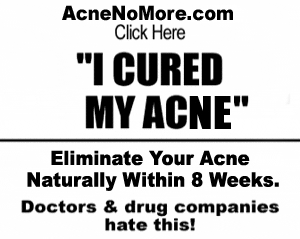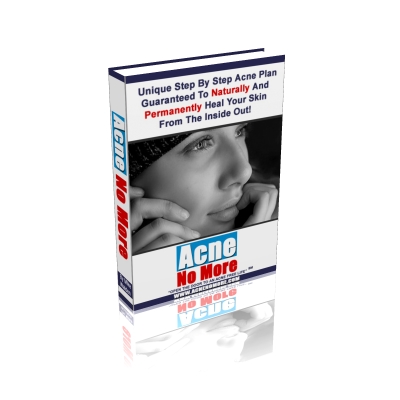Acne – Types, Causes, and Treatments
Acne Vulgaris, commonly known as pimples, is an inflammatory skin disease that affects many individuals, particularly during puberty. However, as people enter their early twenties, the condition tends to either disappear or lessen in severity. Acne occurs when hair follicles become enlarged and clogged with oil and bacteria, leading to the formation of comedones beneath the skin's surface. Over time, under suitable conditions, these comedones develop into inflamed lesions. The presence of oil on the skin provides an environment that facilitates the growth of bacteria within the swollen follicle.
Understanding Different Types of Acne
Non-inflammatory acne can be classified into two types: Closed comedo or whitehead, and Open comedo or blackhead. Additionally, there are four types of inflammatory acne:
1. Papule
Papules are the mildest form of acne and appear on the skin as small, firm pink bumps.
Visit: Acne – Get the Lowdown on This Four Letter Word
2. Pustule
Pustules are small round lesions filled with visible pus. They may exhibit a red base with a yellowish or whitish center.
3. Nodule or Cyst
Nodules and cysts are large, painful, pus-filled lesions that are deeply lodged within the skin. Nodules may persist for weeks or months, and their contents can harden into deep cysts. Both nodules and cysts often result in deep scars.
4. Acne Conglobata
This severe bacterial infection primarily develops on the back, buttocks, and chest.
Identifying the Causes of Acne
Acne can be attributed to several factors, including hormonal changes such as increased androgen levels, excess sebum production, follicle fallout, bacterial presence, and inflammation. To effectively control and manage acne, it is recommended to follow these steps:
1. Avoid excessive skin washing
Excessive washing of the skin can dry out the healthy skin and irritate acne-prone areas. Over-washing may also stimulate the sebaceous glands to produce more oil.
2. Refrain from using alcohol-based toners
Alcohol is a strong astringent that strips the skin's top layer, leading to increased sebum production by the sebaceous glands.
3. Do not squeeze or pick at acne lesions
Squeezing or picking at acne with fingernails, pins, or other objects can push the bacteria deeper into the skin and result in permanent acne scarring.
4. Cleanse after exercising
It is important to wash the skin after exercising to remove the heat and moisture trapped against the skin, which can create an ideal breeding ground for bacteria.
5. Consume a balanced diet
Include foods rich in Vitamin A, Vitamin B-2, Vitamin B-3, Vitamin E, and Zinc in your diet. These nutrients can be found in eggs, nuts, liver, milk, fish, and leafy green vegetables.
6. Maintain a healthy lifestyle
Adequate sleep and a life free from stress and emotional anxiety can help reduce the occurrence of acne.
7. Choose suitable exercise attire
While exercising, avoid wearing excessive makeup and garments made exclusively with nylon fabric.
Treatment Options for Acne
Laser surgery is often employed to reduce the appearance of acne scars. Other common treatments include the use of azelaic acid, salicylic acid, tropical retinoids, and benzoyl peroxide. In recent years, an increasing number of individuals have turned to herbal acne treatments, utilizing teas, oils, and herbal creams, as an alternative to traditional medications.
If you're seeking an all-natural solution for clear skin, there is an amazing breakthrough that can permanently eliminate acne without relying on drugs, creams, or over-the-counter remedies. Say goodbye to wasting money on ineffective quick-fix cures. Learn the truth about acne once and for all, and finally achieve the lasting clear skin you deserve.
[Click Here to Visit AcneNoMore.com]


















0 Comments